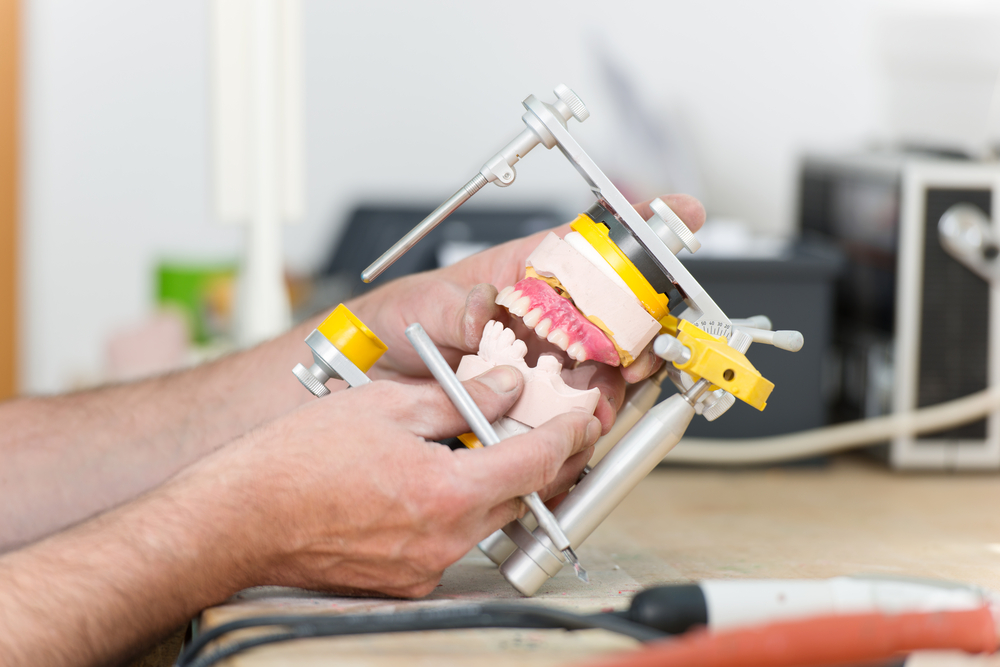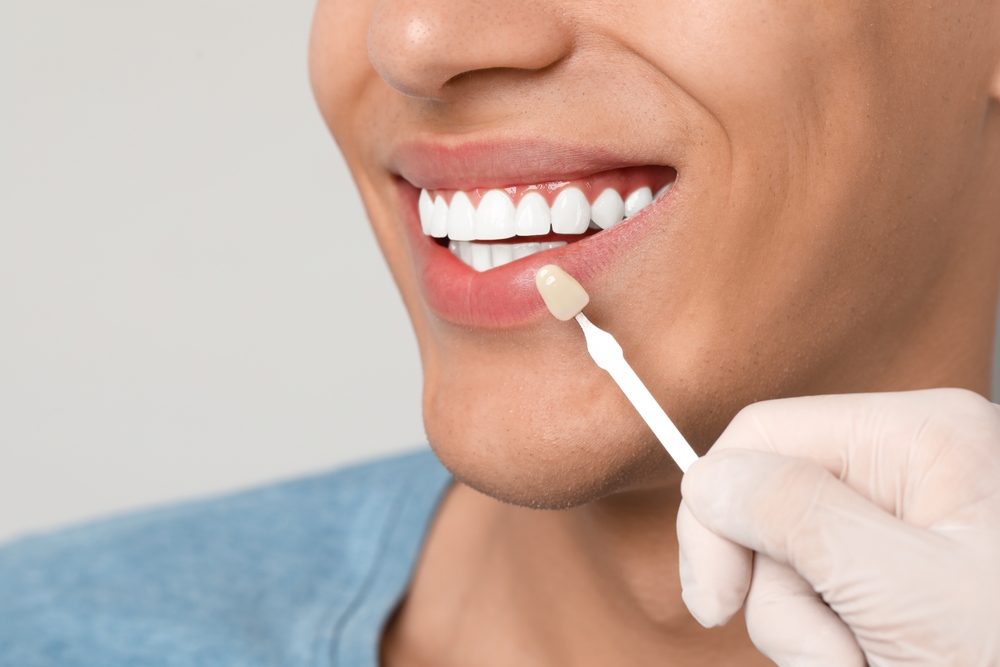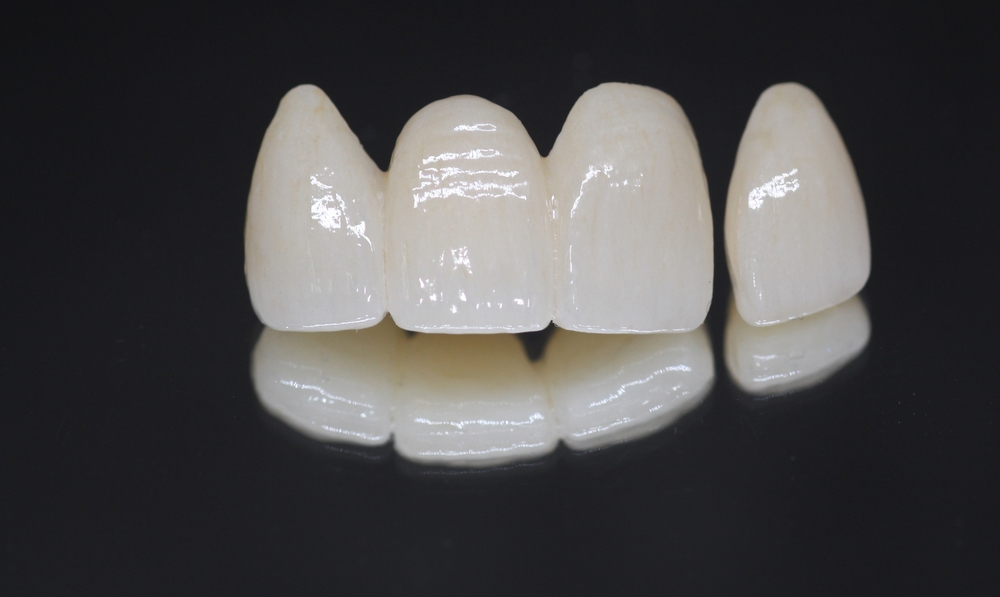In the intricate world of dental restoration, precision and accuracy are paramount. One of the essential tools that dental professionals rely on to achieve this precision is the dental articulator. This blog will delve into what dental articulators are, their types, and why they are crucial in dental restorations.
What Are Dental Articulators?
A dental articulator is a mechanical device that represents the temporomandibular joints (TMJs) and jaws, to which maxillary and mandibular casts are attached. This device allows the dental professional to simulate the movements of a patient’s jaw. By accurately replicating these movements, dental articulators help in diagnosing occlusal problems and in the fabrication of dental prostheses, such as crowns, bridges, dentures, and orthodontic appliances.
Dental labs use articulators to fabricate dental prostheses by accurately simulating a patient’s jaw movements and occlusal relationships. By mounting dental casts on the articulator, technicians can replicate the precise movements of the patient’s temporomandibular joints (TMJs). This allows them to design and fabricate crowns, bridges, dentures, and other dental appliances that fit accurately and function naturally.
The use of articulators ensures that the prostheses align correctly with the opposing teeth and conform to the dynamic movements of the jaw, leading to more comfortable and effective restorations. This meticulous process reduces the need for adjustments and remakes, ultimately enhancing the quality and longevity of the dental prostheses produced.
Types of Dental Articulators
There are several types of dental articulators, each with its specific applications and advantages:
Simple/Hinge Articulators
These articulators have a simple hinge mechanism that opens and closes like a human jaw but do not allow for lateral or protrusive movements. They are typically used for basic diagnostic procedures and straightforward restorative work.
Semi-Adjustable Articulators
Semi-adjustable articulators offer more flexibility than simple hinge articulators. They allow for adjustments in the condylar pathways and Bennett angle, enabling more accurate simulation of jaw movements. This type of articulator is commonly used in restorative dentistry for more complex cases.
Fully Adjustable Articulators
Fully adjustable articulators provide the highest level of precision. They can mimic the full range of jaw movements, including intricate lateral, protrusive, and retrusive movements. These articulators are essential for cases requiring extreme precision, such as complex full-mouth reconstructions and advanced prosthodontics.
Importance of Dental Articulators
Improved Accuracy in Restorations
Dental articulators play a critical role in enhancing the accuracy of dental restorations. By replicating the patient’s jaw movements, they help in creating prostheses that fit better and function more naturally. This leads to improved patient comfort and satisfaction.
Better Diagnosis and Treatment Planning
Articulators are invaluable tools in diagnosing occlusal issues and planning treatments. By visualizing the occlusion and jaw movements, dental professionals can identify and address potential problems before fabricating the prosthesis. This proactive approach can prevent complications and reduce the need for adjustments after placement.
Enhanced Communication
Using articulators facilitates better communication between dental professionals. When transferring cases from one professional to another (e.g., from a general dentist to a specialist or a dental technician), articulators ensure that all parties have a clear and consistent understanding of the patient’s occlusion and jaw movements.
Cost and Time Efficiency
While the initial setup and use of articulators may require some investment in time and money, they ultimately lead to cost and time savings. By minimizing the need for adjustments and remakes, articulators help streamline the restorative process and reduce the overall treatment time.
Patient Satisfaction
Ultimately, the use of dental articulators contributes to higher patient satisfaction. Restorations that are crafted with the aid of articulators are more likely to fit well, function properly, and feel comfortable. Satisfied patients are more likely to return for future care and refer others to the practice.
Conclusion
Dental articulators are indispensable tools in modern dentistry, providing the precision and accuracy needed for successful restorative procedures. By replicating the complex movements of the jaw, they enable dental professionals to diagnose, plan, and execute treatments with greater confidence and efficiency. As dental technology continues to evolve, the importance of dental articulators in delivering high-quality care remains unwavering.




